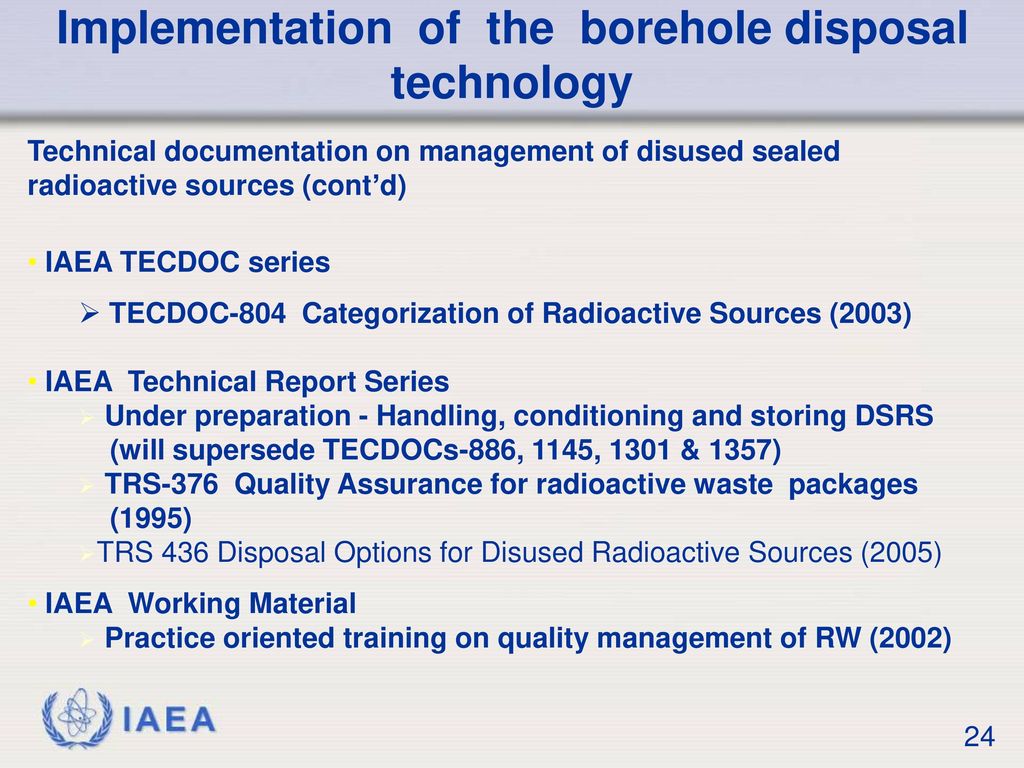


The first is an additional interim storage capacity constructed at the reactor site (RS) but largely and entirely independent of the reactor and its at-reactor (AR) pool. AFR storage can be considered in two categories. In order to accommodate an increasing volume of spent fuel, an AFR storage facility could be constructed. Shipments to reprocessing facilities are expected to decrease, as new commitments by commercial utilities for spent fuel reprocessing are currently rare.Īt the current rate of discharges the total inventory at reactor sites worldwide could reach about 192,000 t HM by 2010. Further increases in capacity will be based on the business decisions of utilities as well as fuel cycle companies offering either reprocessing or storage services.

The total spent fuel storage capacity for all commercial reactor sites worldwide is estimated to be 185,000 tons (t) heavy metal (HM). Many utilities around the world are currently facing spent fuel storage concerns. The survey of Away-from-Reactor (AFR) technologies has been conducted by a group of international consultants, and was published in a TECDOC on the survey of wet and dry spent fuel storage 2 in 1999. Selection Criteria for Away-from-Reactor Storage Facilities TCM on Requirements for Extremely Long-Term Storage Facilities, October 2000 TCM on Good Practices on Long-Term Storage of Spent Fuel Including Advanced, High Burn-up, and MOX Fuel, November 1999 After the CRP, two Technical Committee Meetings (TCMs) under a new work program were held to address the trends in extended duration of spent fuel storage and the related technological and regulatory impacts: The IAEA implemented the coordinated research project (CRP) on long-term storage of spent nuclear fuel from 1994 to 1997. In many cases periods of 100 years or longer are now anticipated. In several member states storage facilities have been licensed to operate for periods up to 50 years. In addition, the recent trend of higher fuel burn-up and the use of plutonium in mixed oxide (MOX) fuel led to spent fuel characteristics requiring long-term storage due to high levels of heat emission and radioactive cooling. As a consequence some spent fuel has been stored for quite a long time. Over the past three decades approximately one-third of spent fuel has been reprocessed, and the remaining is currently being held in storage. The first meeting of the new TWG-NFCO was held in July 2002, on the topic of Impact on Extended Burn-up of Spent Fuel on Back-end Nuclear Fuel Cycle Management. In 2001, following the recommendation by the Standing Advisory Group on Nuclear Energy (SAGNE) to reduce the number of advisory groups, the RAGSFM and the Technical Working Group on Nuclear Fuel Cycle Options (TWG-NFCO) were merged and a new TWG-NFCO was established. The main objective of the RAGSFM was to review the worldwide spent fuel management situation, define the most important directions of national efforts and international cooperation, exchange state-of-the art information on spent fuel management, and elaborate recommendations for future IAEA spent fuel management programs.

In 1990 the group was renamed the Regular Advisory Group to express its recurring nature. The IAEA activities on spent fuel management have been based on the work of the Advisory Group on Spent Fuel Management (RAGSFM) that was established in 1984, upon the recommendation of an Expert Group Meeting on International Spent Fuel Management in 1982. REGULAR ADISORY GROUP ON SPENT FUEL MANAGEMENT Other activities, such as the development of technical cooperation projects, research in spent fuel treatment, and a symposium on storage of spent fuel received from power reactors Support of dry storage technology for spent fuel from the water-moderated water-cooled power reactors (VVER) and high-power channel reactors (RBMK) Resolution of technical and institutional issues on spent fuel storage Use of the Regular Advisory Group on Spent Fuel Management The major activities involved in these two projects are categorized as follows: The subprogram contains two projects: one is technology, strategy, and information on spent fuel management and the other is guidance on best practices for long-term storage of spent fuel. This subprogram is intended to play a catalytic role in promoting cooperation among member states through, among other things, the collection, evaluation, and dissemination of information on the current status of their national program for spent fuel management, and to assist member states in policy making, strategy planning, and implementation. The International Atomic Energy Agency (IAEA) has implemented a subprogram on spent fuel management to assist member states. IAEA Activities in Nuclear Spent Fuel Managementįyodor F.


 0 kommentar(er)
0 kommentar(er)
